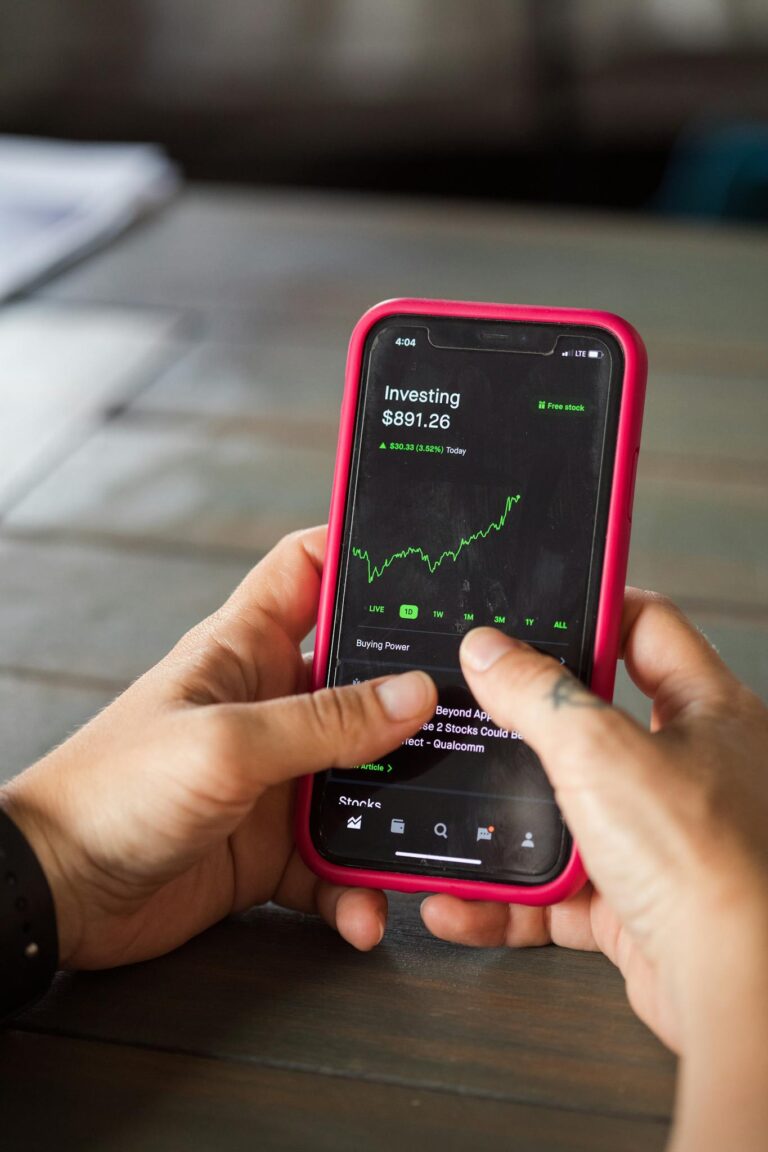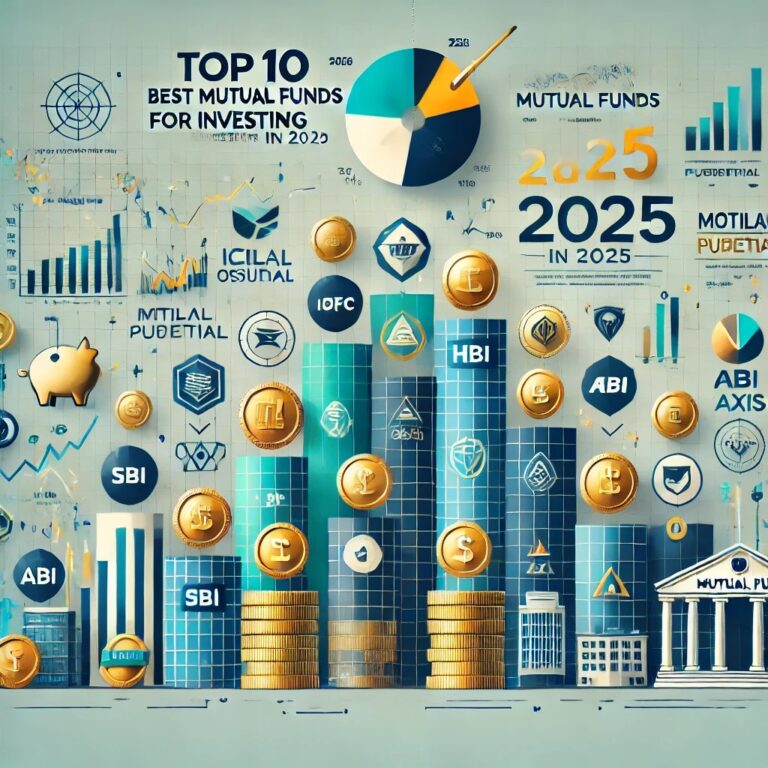📌 Introduction
War is one of the most powerful geopolitical events that can shake global economies. 📊 It causes fear, uncertainty, and high volatility in stock markets. The effects are not just immediate but can stretch over weeks, months, and even years.
This blog breaks down the major effects of war on the stock market, with examples, data, and analysis. Whether you’re a new investor or a seasoned trader, understanding this can help you make informed decisions.
🪖 1. Initial Shock: Panic Selling 😨
Whenever news of war or conflict breaks out, the first market reaction is fear. Investors rush to sell off stocks to avoid losses.
🔍 Key Points:
- Markets often open with sharp declines the next day.
- Global indices like S&P 500, Nifty, and FTSE can drop drastically.
- Investors move money into “safe haven” assets like gold, bonds, or USD.
📌 Example: When Russia invaded Ukraine in February 2022, global markets tumbled instantly. The Dow Jones dropped nearly 800 points.
💣 2. Surge in Volatility 📊⚠️
Wars create uncertainty. Investors do not like uncertainty. As a result, market volatility spikes.
🔍 Key Points:
- Volatility Index (VIX), also known as the “Fear Index”, often surges.
- Prices fluctuate wildly within a short span.
- Short-term traders may profit, but long-term investors get nervous.
📌 Tip: During wars, diversify your portfolio to reduce risk.
🛡️ 3. Defense and Arms Stocks Boom 📈🔫
While many sectors suffer, some actually benefit from war. Defense companies and arms manufacturers often see stock prices surge.
🔍 Key Points:
- Companies like Lockheed Martin, Raytheon, Bharat Dynamics gain.
- Government contracts for weapons, aircraft, and technology rise.
- Investors often move capital into these stocks during war times.
📌 Example: After the Ukraine war began, defense stocks globally saw a 20-30% rise within months.
⛽ 4. Energy Sector Spikes: Oil & Gas 🚀🛢️
War in oil-producing countries directly impacts global oil prices.
🔍 Key Points:
- Supply disruptions lead to price hikes.
- Energy stocks like ONGC, ExxonMobil, Reliance increase in value.
- Countries dependent on oil imports suffer inflation.
📌 Example: The Russia-Ukraine conflict pushed Brent Crude prices above $130 per barrel in 2022.
🧱 5. Infrastructure and Raw Material Shortage 🧱📉
Wars disrupt global supply chains and damage key infrastructure.
🔍 Key Points:
- Shortages in steel, aluminum, copper, etc. drive up costs.
- Construction companies and real estate projects get delayed.
- Stocks in the manufacturing and industrial sector decline.
📌 Pro Tip: Avoid investing in infrastructure-heavy stocks during major wars.
🛍️ 6. Impact on Consumer Confidence & Spending 🛑🧺
During war times, people tend to save more and spend less.
🔍 Key Points:
- Demand for consumer goods falls.
- Retail and lifestyle brands like Nike, Titan, or H&M may underperform.
- Investors reduce exposure to cyclical stocks.
📌 Data: In 1990 Gulf War, U.S. consumer spending dropped by 2.2%.
📉 7. Bearish Sentiment in Global Markets 🌍📉
Wars, especially involving superpowers, spread global bearish sentiment.
🔍 Key Points:
- Investors across the world withdraw money from equities.
- Foreign Institutional Investors (FIIs) exit emerging markets like India.
- Stock markets in Asia, Europe, and America feel the heat.
📌 Example: FIIs pulled out nearly ₹45,000 crore from Indian equities in March 2022 due to geopolitical tension.
💱 8. Currency Devaluation and Forex Market Impact 💵📉
War impacts currency strength — particularly of the country involved.
🔍 Key Points:
- War causes the country’s currency to weaken due to economic instability.
- Import-heavy nations suffer due to rising import bills.
- Investors shift to stronger currencies like USD or Swiss Franc.
📌 Note: Forex traders see high opportunities during global conflicts but with equal risk.
🪙 9. Central Bank Reactions: Interest Rates & Inflation 🔄💰
Wars often lead to policy changes by central banks.
🔍 Key Points:
- Inflation rises due to supply shocks and rising oil prices.
- Central banks may hike interest rates to control inflation.
- High interest rates affect corporate earnings, hurting stock prices.
📌 Stat: After World War II, inflation in the U.S. peaked at 14% in 1947.
🏥 10. Healthcare and Pharma Stocks: Mixed Reactions 💉📈/📉
The healthcare sector sees mixed performance depending on the war situation.
🔍 Key Points:
- If bio-weapons or pandemics are involved, pharma stocks may rise.
- But most healthcare systems come under stress, reducing profitability.
📌 Example: During the COVID-related geopolitical tension with China, Indian pharma stocks like Dr. Reddy’s and Cipla gained.
🏦 11. Banking and Financial Stocks Get Hit 🏛️📉
Financial institutions fear war due to credit risk, market instability, and rising NPAs.
🔍 Key Points:
- Loans may default if businesses shut down due to war.
- Banks reduce lending, affecting growth.
- Stock prices of HDFC, SBI, ICICI, etc. may decline.
📌 Tip: Shift focus to gold bonds, government securities, or PSUs with solid fundamentals.
📊 12. Long-Term Recovery: War Is Not the End ✅📈
While wars hurt the market in the short term, markets have always recovered in the long term.
🔍 Key Points:
- Major indices have bounced back post-conflict.
- Investors with patience benefit from lower entry points.
- War can lead to new government policies and infrastructure rebuilding, which helps economic revival.
📌 Example: The S&P 500 doubled in 5 years after the 2003 Iraq War.
🧠 13. Investor Psychology During War 🧠⚠️
Understanding human behavior during war is key to predicting stock movements.
🔍 Key Points:
- Retail investors tend to panic-sell.
- Smart investors look for undervalued assets.
- Institutional investors rotate money between sectors.
📌 Tip: Stay calm, avoid emotional decisions, and follow data.
📘 14. Lessons from Historical Wars 🏰📚
Let’s take a brief look at how markets reacted to major wars in history:
🧾 Historical Examples:
| War | Market Reaction | Recovery Period |
|---|---|---|
| World War I | Major decline | 4 years |
| World War II | Short crash, strong recovery | 6 years |
| Gulf War | Sharp drop, recovery within a year | 1 year |
| Iraq War (2003) | Mild reaction | 6-12 months |
| Ukraine War (2022) | Volatility, sector rotation | Ongoing |
📌 Insight: Wars affect markets, but recovery is inevitable with time.
📈 15. Smart Investment Strategies During War 💡💸
To protect your portfolio, use the following investment strategies:
✅ Tips for Investors:
- 📌 Diversify across asset classes.
- 📌 Invest in defensive sectors (FMCG, Healthcare, Utilities).
- 📌 Increase allocation in gold, silver, and US dollar assets.
- 📌 Avoid risky penny stocks or highly volatile shares.
- 📌 Stick to a long-term investment plan.
- 📌 Use Systematic Investment Plans (SIP) to average costs.
🔚 Conclusion: Is War Good or Bad for the Stock Market? 🤔
War is undeniably bad for humanity, but its effect on stock markets is more complex. While short-term pain is real — fear, sell-offs, and crashes — the long-term investor often sees opportunities amidst the chaos.
If you stay informed, diversify your portfolio, and follow market data with discipline, you can protect and even grow your investments during tough times.
🔍 FAQs
Q1: Should I sell my stocks during a war?
👉 Not necessarily. Panic selling may lock in losses. Evaluate your portfolio sector-wise.
Q2: Which sectors perform best during war?
👉 Defense, energy, and gold usually perform well.
Q3: Is gold a good investment during war?
👉 Yes, gold is considered a safe haven during geopolitical uncertainty.
Q4: Can war cause a stock market crash?
👉 Yes, in the short term. But markets often recover later.






